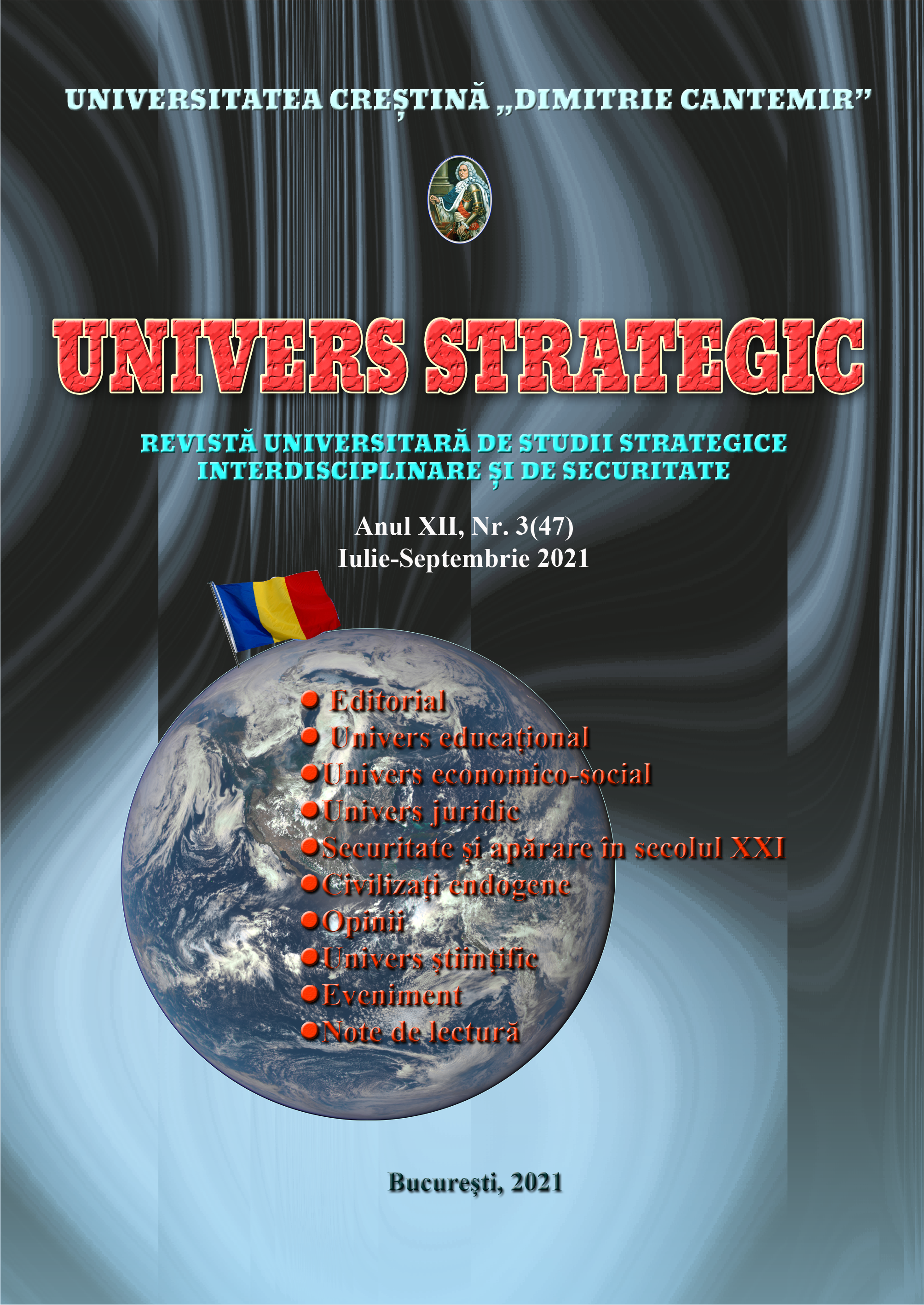UN STUDIU DE REFERINȚĂ AL RĂSPUNSULUI DE REDUCERE A RISCURILOR ÎN CAZ DE CATASTROFE ÎN PARTEA DE SUD A DIVIZIUNII BARISHAL
A BENCHMARK STUDY OF DISASTER RISK REDUCTION RESPONSE IN SOUTHERN PART OF BARISHAL DIVISION
Author(s): Ashim Kumar SahaSubject(s): Security and defense
Published by: Universitatea Crestina "Dimitrie Cantemir"
Keywords: disaster; respondents; community; signals; shelter; messages;
Summary/Abstract: Background: Bangladesh experiences recurrent natural disasters, which causes loss & damage of infrastructure and economic resources. Ggeologically the Bay of Bengal is adversely vulnerable to disasters & hazards such as floods, droughts, cyclones, river erosion, tidal and storm surges etc. Methodology: To explore the effect of natural disasters on the community including existing practices of disaster preparedness. Total 287,345 (10%) of the survey populations were interviewed from October 2016 to February 2017 in 24 sub districts under Barishal division. Results: Last 5 years, 78% respondents mostly affected by any kind of natural disasters. 53.9% respondents faced flooding to be the biggest risk followed by cyclones 28.9%. 47.6% respondents got weather signals from television, 21.3% followed signals from local authorities & volunteers and 17.6% received announcement by the volunteers (red crescent, fire service, civil defence etc). The 77.4% respondents did not go to the nearby shelter during disaster but 22.6% respondents reported move to the nearby shelter. The disaster affected communities prefer to go to the educational institution (34.7%), flood shelter (27.6%) and cyclone shelter (22.3%). Responders did not go to the shelter, they (30.4%) thought that it was not needed; 24.2% did not seek shelter for the security of property, Shelter is far away (16.7%), Disaster is a common phenomenon (15%) and for protecting their household cattle (13.3%). The local communities got weather forecasts information’s from TV (30.1%), alarm, siren, loudspeaker (18.9%) and friends, family, neighbour (18.5%). The person did not feel prepared for a natural disaster because it took too much money (33.6%), too much time (29.8%) and did not know how to become prepare (23.4%). Conclusion: Disaster preparedness had predominately accomplished by individual community members. GO-NGO collaborative approaches mainly focus on protection at time of disaster and relief post-disaster.
Journal: Revista Univers Strategic
- Issue Year: XII/2021
- Issue No: 47
- Page Range: 43-57
- Page Count: 15
- Language: English

